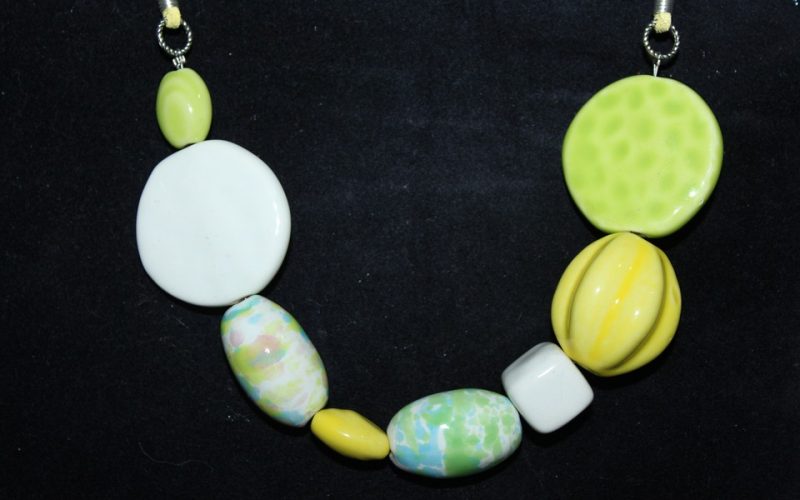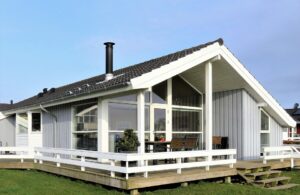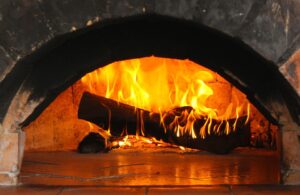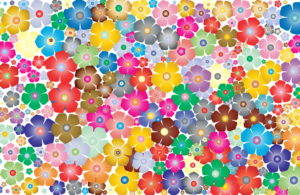Ceramic pieces become art objects when they are decorated and glazed. Stains are used to decorate the pieces once they have been fired in a kiln and turned into bisque. Glazing is the final step after decorating. Depending on the formula of the glaze, there are many different outcomes once the piece goes through its final firing. Glazes can be made to turn a piece matte or glossy. They can also produce coloring when fired. There are three basic components to ceramic glazes. They are a glass former, a flux material and a refractory component. Each has its role in the outcome of the glaze material.
The glass former component is generally sand as this material naturally forms glass when heated to extremely high temperatures. Silica sand is the preferred material to use for the sand component. It is easily available through commercial mining and provides cost savings. Because it is a mined product, it is much purer than sand that comes from surface sources. This ensures the glaze manufacturer the ability to control all facets of the product when making different types of glazes.
Flux is a necessity in the glaze because it acts as a glue to hold the glaze onto the ceramic piece. Without it, the glaze will melt during the high temperatures produced by firing in the kiln. Glaze must adhere to the piece during firing or be redone completely. If the glaze does not adhere properly, then the piece may be ruined. Sodium, calcium and potassium are common materials added to glaze as flux.
The final ingredient in any basic glaze mix is the refractory component. This component is responsible for lowering the temperature at which the silica sand will melt into glass. It is an important part of the mix because it keeps the ceramic piece from breaking under excessively high temperatures. Lowering the temperature of the glass forming material does not affect the quality of the final finish.


















